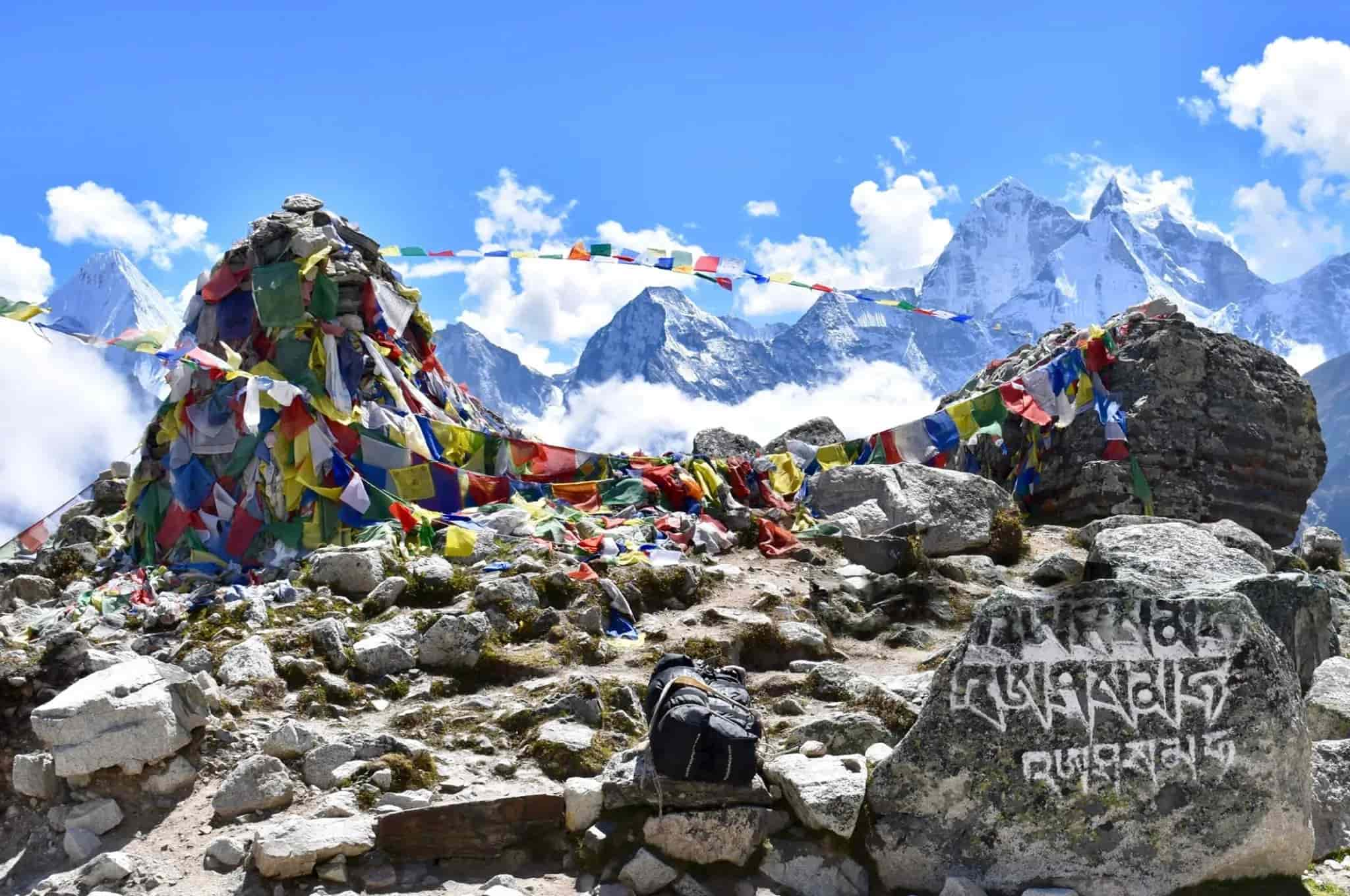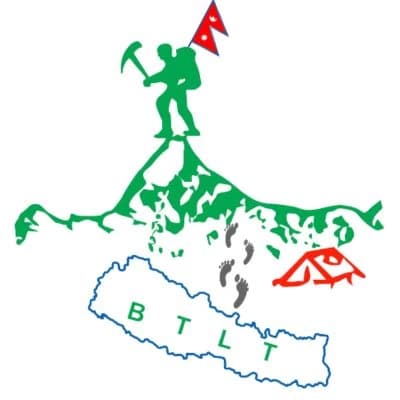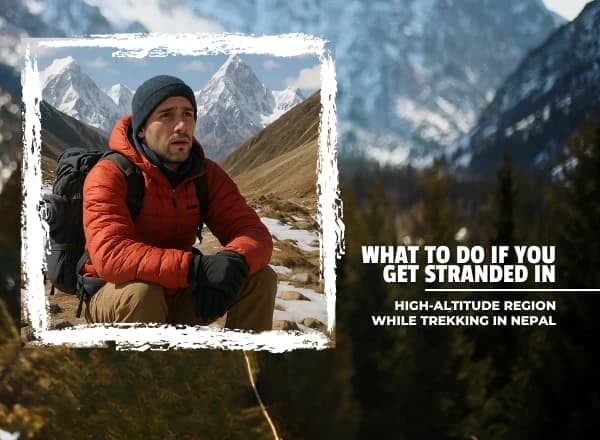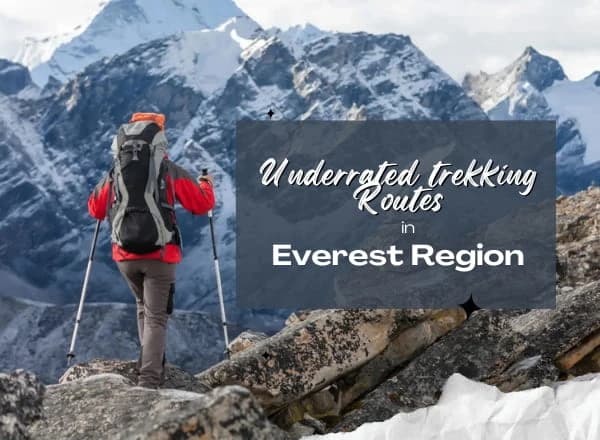1) Strategic Physical Conditioning:
The first tip is of course the most crucial aspect for any high-altitude trek. You need to get in shape and achieve at least a basic level of physical fitness before you embark on the trek. This will save the day during the trek as you will have to trek for 5 to 8 hours every day for consecutive 14 days, that too on a rough terrain while carrying a backpack of around 6 to 8 kgs. You should make a proper workout plan and start at least 3 months in advance to the trek. This plan should include a balance of cardio, strength training, respiratory exercises, and yoga.
The main focus group of muscles should be your legs, calves, core, shoulders, and back muscles as they experience the most strain during the trek. You also need to prepare in conditions similar to the trek so that your body has an idea of what it is going to experience during the trek.
2) Take Acclimatization Seriously:

Another mantra to stick to during the trek is to acclimatize well. And you need to take acclimatization extremely seriously as altitude sickness kills many trekkers and mountaineers every year. What might start as the basic sickness symptoms like headache, nausea, loss of sleep and loss of appetite can quickly escalate into life threatening conditions such as High Altitude Pulmonary Edema and High Altitude Cerebral Edema.
This can cause instant death, so you should not take acute mountain sickness lightly. You need to give your body enough time to adapt to the low oxygen conditions. The correct way to acclimatize is by going slow and taking proper rest days in between. Embrace the ‘Climb high, sleep low’ mantra as it stimulates your body to produce more red blood cells and adapt more effectively.
3) Choose the Right Trekking Season:
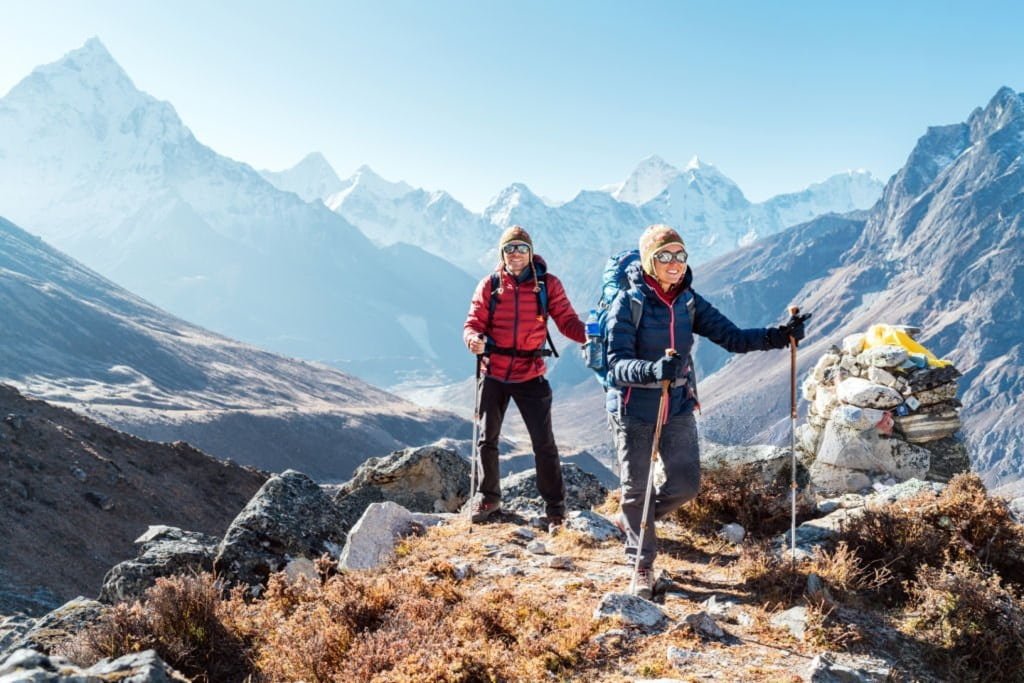
Many trekkers think that the Everest Base Camp trek looks the same, regardless of what season it is. However, that is a misconception. The EBC trek is completely different in different seasons, both in terms of views as well as experience.
Choosing the right trekking season for the EBC trek makes a lot of difference in your overall experience. The best time to trek Everest Base Camp is during the peak season, i.e. during the months of Spring and Autumn.
During Spring (March to May), you will get pleasant temperatures, blossoming rhododendrons, and vibrant trails along with highly active flora and fauna. This season also offers crystal clear views and lively villages filled with trekkers.
During Autumn (September to November), the EBC trek features stable weather, breathtaking mountain panoramas covered with snow, and festive energy. You will also see lots of crowds during this season.
For those seeking solitude, winters can be a good option, but you need to be prepared for extreme cold. Try avoiding monsoon as there is high risk of injury during this season and the trail is full of leeches.
4) Pack Light, Pack Right:
The secret to having a comfortable trek is not to pack everything that you can think it. In fact, it is to pack smartly and pack light. You just need to pack the trekking essentials. It includes your clothes that should be suitable for layering as you should be able to add and remove layers according to the temperature. Convertible clothing and clothes with breathable materials along with down jackets are the best inclusions.
Besides that, you need a good quality trekking boot which needs to be well broken in before the trek. This should support your ankles while also preventing blisters as they can be a nightmare during the trek.
Carry smart gear such as solar charger or power bank for gadgets, noise cancelling earphones for long evenings, and kindle or e-reader to keep you entertained along with some card games.
5) Keep Your Gut Healthy:
The healthier your gut is, the better trek you are going to have. An uncomfortable gut will prevent you from enjoying the views and climbing a lot during the trek. So, you should keep your gut healthy during the trek.
While on the trek, ditch eating non vegetarian food as you might get food poisoning because the meat on the trail might not always be fresh. Stick to a vegetarian and high carb diet. This will give you the energy to climb during the trek. Local staple like Dal Bhat Tarkari is the best meal during the trek as it digests easily. Besides that, avoid caffeine and alcohol during the trek. Keep yourself hydrated and drink a minimum of 4-liter fluid while on the trek. This includes not just water, but electrolyte-rich drinks like isotonic powder and oral rehydration solutions. Carry water purification tablets to minimize plastic waste of bottled water.
6) Go Slow:

In this age of speed where everything is fast paced, the Himalayas teach you patience. The point on the EBC trek is not to go fast, it is to go slow and steady as you absorb and enjoy all the surroundings of the trek. Going fast can expose you to the risk of altitude sickness and it can also leave your entire body exhausted and sore by the end of the day. Going slow is also the best way to indulge in the cultural richness of the Khumbu region. While trekking, always listen to your body. Don’t ignore any symptoms and take it lightly as it might be a sign of acute mountain sickness. Inform your guide immediately and descend to contain the symptoms.
7) Focus on Mental Toughness and Self Care:
Good mental health is a driving factor for a good trekking experience as it helps you face all the challenges of the trek with an optimistic thought process. The EBC trek is rewarding but not always easy.
Your mindset is what is going to get you through these challenges. Stay flexible, laugh through inconveniences, and support fellow trekkers. Visualize yourself finishing the trek successfully for positive reinforcement.
8) Rest Well:
As important it is to eat healthy and pace yourself during the trek, it is equally important to give your body enough time to rest during the evenings and nights so that you can prepare it for the next day of the trek. Unwind in the teahouse during evenings and prepare your body to rest. Sleep early, minimize caffeine intake, and keep your sleeping bag zipped tight to conserve warmth during the night.
9) Stay Present on the Journey:
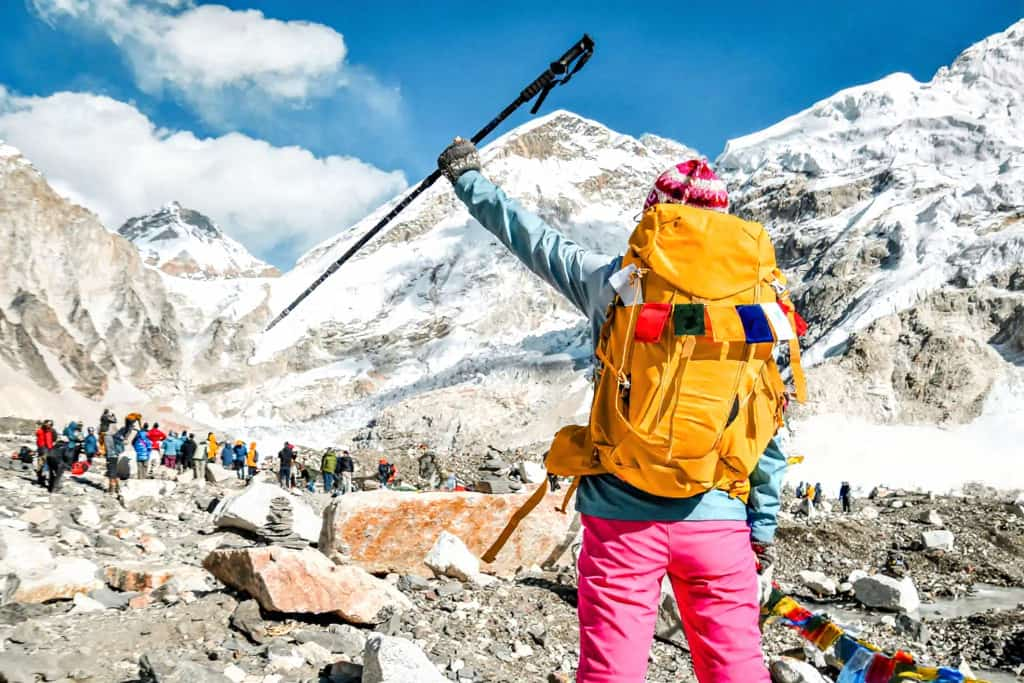
Yes, the Everest Base Camp trek is a wonderful visual journey and it offers lots of photo opportunities with each frame capturing the essence of the trek. Clicking photos is an important part to capture the memories. However, it is equally important to stay present on the journey. Don’t see the trek only through your lens, capture these images in your heart as well. Fix designated spots like the viewpoints in the Everest Region for photography.
10) Connect With the Sherpa Culture:
A major part which makes the Khumbu region iconic is its culture. The Sherpa people here are renowned for their warm hospitality, warmth, resilience, and spirituality. Experiencing this culture first hand can help you make memories that will last a lifetime. Interact with them, listen to their stories about years of life in the Himalayas, and learn their traditions and rituals if you want to be a part of the festive celebrations.
Relatad Blogs for Everest Region:
11) Trek Responsibly:
The Everest region is breathtaking, but it is also our responsibility to keep it that way for the future generation of trekkers to cherish. Therefore, you need to trek responsibly and embrace sustainable trekking practices. This includes embracing the Leave No Trace principle, carry reusable items, bringing back your waste, respecting the wildlife, and sticking to the marked trails. This can ensure your safety during the trek as well.
12) Use Technology Wisely:
Yes, it is indeed the age of technology. However, you need to know how to leverage the technology without totally depending on it. As a modern trekker, you have all the tools at your fingertips, and you should make use of it.
Download offline maps so that you don’t have to rely just on paper maps for navigation. Get a local SIM card to ensure connectivity during the trek till the time you get network. Make use of your devices to make your trekking more comfortable but limit your screen time and focus on the magnificent views surrounding you. Enjoy the real connections on the trail.
13) Consider Nearby Hikes:
The Everest Base Camp Trek is not just limited to one trail. If you have enough time to explore, you can also extend your trip by exploring the nearby hikes to get a more comprehensive experience of the Everest region. Within the EBC trek, you can consider spending more time in Kalapathhar to view the sunrise, in Namche Bazaar to explore the lively market, and in Tengboche and Dingboche to experience the spiritual side of the trek.
Beyond the trail, you can explore routes like Gokyo Lakes Trek, Everest Three Passes Trek, and other routes which can show you a completely different side of the Everest region.
14) Get a Comprehensive Trekking Insurance:
This is an important aspect of improving your trekking experience as you can only enjoy the trek when you have no other stress and concerns related to your safety and budget on the trek. Get a comprehensive trekking insurance that covers trekking above 5,000 m. Make sure you pick an insurance plan that includes a helicopter evacuation, altitude illness, luggage insurance, and trip cancellations.
Always carry a printed and digital copy of your policy. This is more of a plan that is put in place as a preventive measure so that you are prepared for any unforeseen circumstances.
15) Pick a Trusted Local Trekking Agency:
Your trekking experience entirely depends on the agency that you pick for the trek. If you go with any random trekking agency, you will be stressed about your paperwork, accommodation, rest, and every small to small details of the trek. However, with a trusted local trekking agency like Beyond the Limits Treks and Expeditions, we make sure that all your paperwork, accommodation, and any and every aspect of your trek is handled by us so that you can completely enjoy the trek.
16) Keep Your Itinerary Flexible:
This is important, especially when it comes to the Everest Base Camp Trek Itinerary as the flights to and from Lukla is not completely reliable. In case of bad weather and over crowdedness, the flights can get rescheduled or even cancelled at any time.Therefore, you should include enough buffer days in your itinerary to make space for any delays or cancellations and sometimes even your own health concerns.
Otherwise, you might end up having to cut your trek short or sometimes even miss your flight back home.
17) Plan the Budget Well Ahead:
While booking the EBC trek, you already have a set budget in mind which includes permits, accommodation, and other charges that you are going to pay the trekking agency. However, you need to set a budget beyond that too which includes gear rental/purchase, meals, hot showers, snacks, charging fees, tips, internet, and other small expenses. Carry some Nepali cash for it.
Also Read a Gudie on Everest Base Camp Trek Cost
18) Indulge in Post Trek Recovery:
Even when the trek is over, your experience truly isn’t over. As you are still reeling from the exhaustion of the trek, you need to give your body enough time to go back to its normal functioning. This is where post trek recovery comes into the picture. Engage in massage and spa sessions in Kathmandu, you can also go for holistic healing and meditation classes to get over the exhaustion.

Conclusion
The Everest Base Camp trek is not just about reaching that base camp and seeing the summit of Mt. Everest. Yes, that is your goal, but the entire journey is what shapes your experience of the trek.The tips listed above can help make that journey a bit more comfortable and can make your trek more successful. Beyond that, you need to have great deal of commitment to make your trek memorable.
So, now that you know how to enjoy the experience, lace up your boots and book your unforgettable Everest Base Camp journey with Beyond the Limits Treks and Expeditions today!
More Everest Trekking Informative Blogs:
